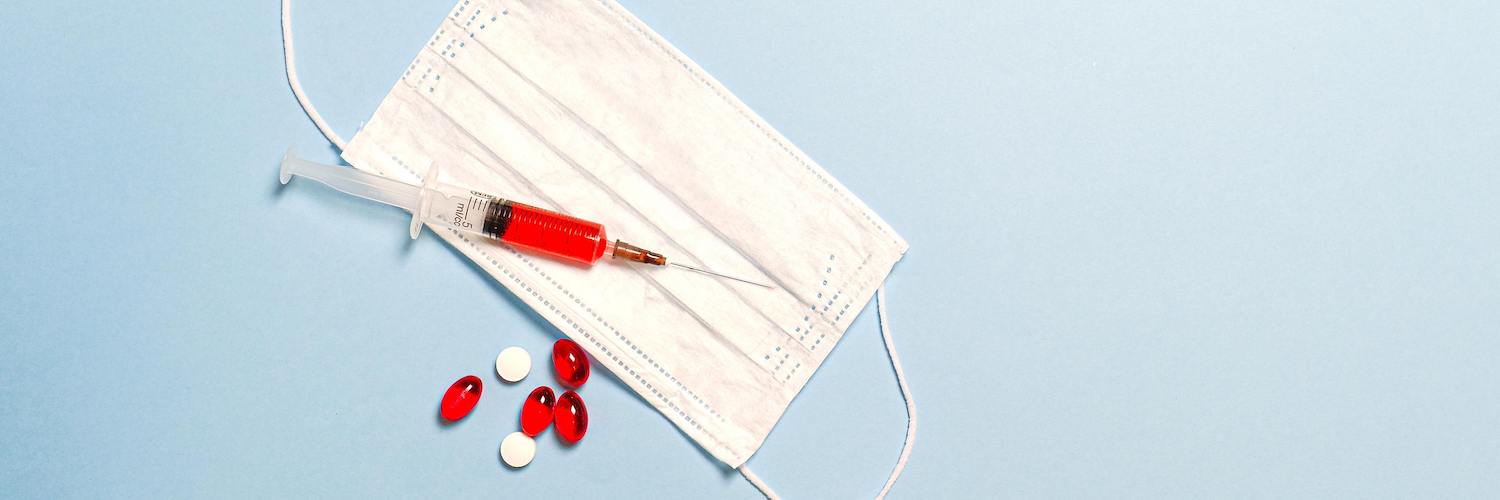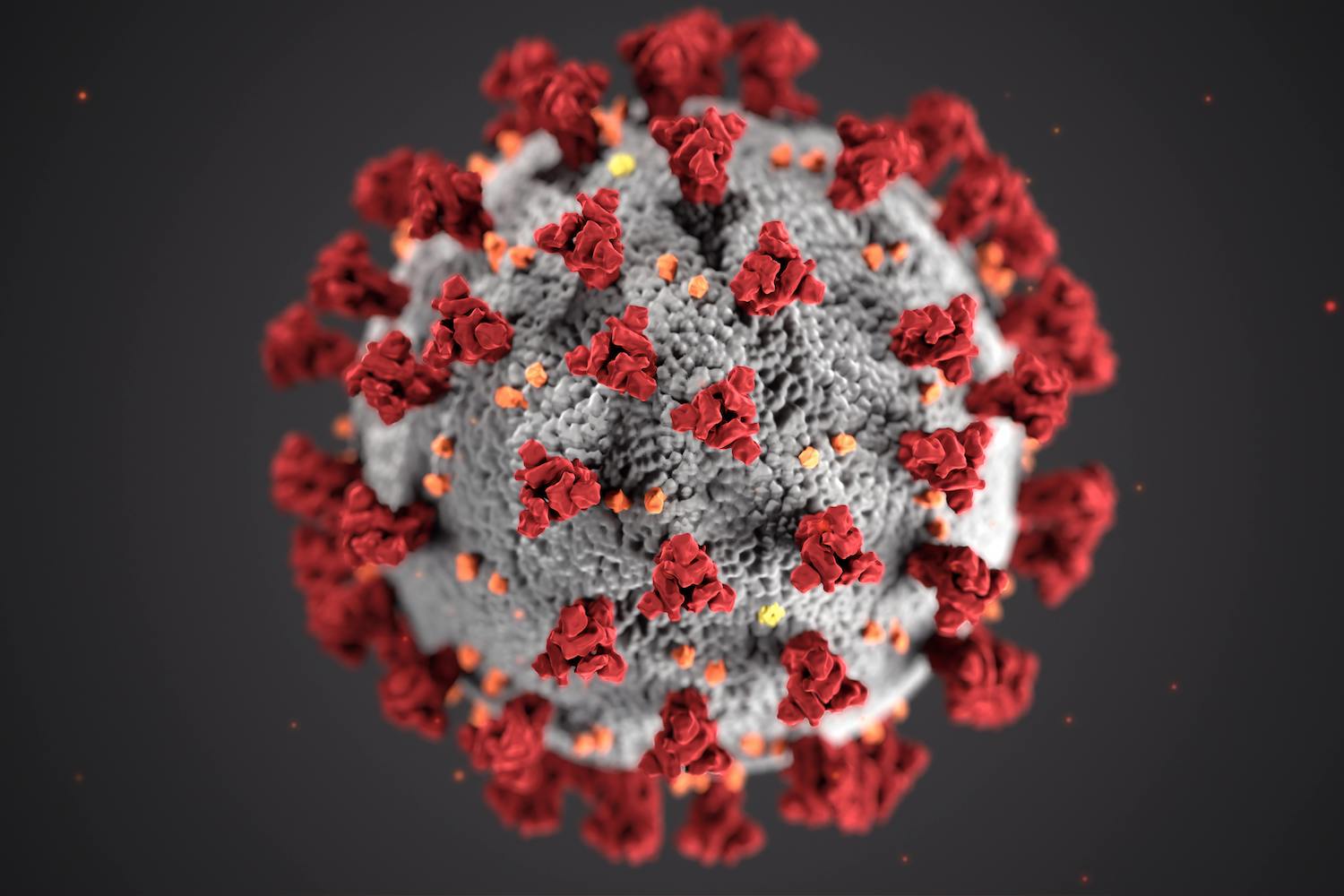After almost 4 months since the outbreak of the COVID-19 pandemic, we have already got used to social distancing, wearing masks in the shops, working in the home office and the supervision of students by the parents and their virtual lessons. But how long will it remain like this? What can we do to recognize the risks of COVID-19 in time? How can I make sure that my colleagues, teachers, classmates or acquaintances are not contagious? When is it evident that an infection has occurred?
It can be proven in all countries that people with chronic diseases and so-called “civilisation diseases” are particularly at risk of contracting COVID-19. The main risks here are age and existing pre-existing conditions. It is precisely here that it is evident that people with reduced resistance and a weakened immune system have the greatest risk of falling ill.



